Sequence of inflation risk may be a new phrase for you, but we all know that inflation significantly affects those in retirement.
Well, we forgot about inflation over the last several decades. Now that inflation is back in the news, retirees want to know how inflation affects retirement.
I’ve got bad news for you! Just like there is a sequence of returns risk where early market returns have an oversized long-term effect on your distribution portfolio, there is also a “sequence of inflation risk” with which to contend!
That’s right; it is not just the risk of inflation you need to worry about. It is the timing of the risk!
Let’s learn what we can about sequence of inflation risk and discuss some ways to mitigate it.
Who Coined Sequence of Inflation Risk?
As sequence of inflation risk begins making the rounds, one wonders about the early uses of the phrase.
As far as I can tell, ThePrune coined the term in 2011 (from Bogleheads).
Unfortunately, ThePrune (an early retiree and engineer who teaches retirement classes) last posted about a year ago, so I wonder if he hasn’t had a recent sequence of his own with which to contend.
Another early mention of “sequence of inflation” is here from 2013.
While inflation is nothing new, adding the word “sequence” and “risk” bring out the hallmarks of the sequence of returns risk. And all subsequent debate regarding the fickle 4% Safe Withdrawal Rate.
The 4% Rule and Inflation
Let’s think about the 4% Rule (of Thumb) and inflation for a sec.
Of course, the 4% rule is inflation adjusted, so both inflation and inventment returns are baked into the 4% historical result. But, even more importantly, “failures” commonly result from sequences beginning in the late ’60s, when the inflation sequence was poor. Stated explicitly, regimens of high inflation caused the 4% rule to fail during mediocre market returns. On the other hand, mediocre seqences of market returns seem not to fail with low/expected inflation. One may easily confirm this via a Monte Carlo retirement plan analysis.
So, inflation is important to sequence risk, as are stock market returns!
And, of course, predicting when we will enter a regime of inflation is as impossible, just like predicting stock market returns. As for evidence of impossibility, well, that’s a high standard, but think back on the last 7-8 years. Pundits have been calling for increasing interest rates and low expected stock market returns for most of that time, and we have seen the opposite. Still, now, pundits are calling for increasing interest rates and low expected stock market returns. Bet they will be right eventually.
But understand this, if you retire into a mediocre stock market AND have significant inflation, you might be in for a bumpy ride financially.
Because Sequence of Inflation Risk.
What is Sequence of Inflation Risk?
Sequence of Inflation Risk is the probability that an early series of high interest rates will negatively affect your distribution portfolio. A permanent loss in purchasing power needs to be fixed by significant growth of the retirement portfolio.
And why the sequence is important, even if inflation is “historical” 3% during your entire retirement, if it is high early, then the effect compounds the entire life of your retirement withdrawals.
Like sequence of returns risk, the risk is highest right before and after “retirement” (when you actually stress your portfolio with ongoing withdrawals). If you retire but don’t pull money out of your portfolio to pay bills, then inflation is still important, but you are not yet at prime sequence risk.
The main point is that your purchasing power is affected. Even if you get positive portfolio returns, if you cannot buy the same amount of goods and services, you have lost out to real inflation on your bottom line.
So, how important is sequence of inflation risk?
How Important is Sequence of Inflation Risk?
Now that we have met our friend sequence of inflation risk and understand how it ties into the philosophy behind the 4% Safer Withdrawal Rate, how much do we need to worry about it?
Should you worry more about market returns or inflation?
Neither. Both. Which can you control?
The whole point of retirement planning (from the financial standpoint, at least) is to prevent sequence of returns risk and then address the mitigatable retirement-specific risks. Inflation is a risk factor that fits into both planning categories (essentially early vs. late eras of risks).
If you had to choose horrible returns or high inflation when you retire, don’t retire. Or at least come up with a ton of flexibility (wiggle room!) in your retirement plan.
But putting some numbers to the back of the napkin, you would rather have moderately high inflation than moderately horrific market returns over the years.
This, theoretically at least, has to do with the parts of your “retirement income” which are sensitive to inflation and which are not. Since you have non-inflation-adjusted sources that lag inflation over time, the percentage of non-inflation-adjusted income increases during retirement compared to those that are inflation-adjusted (and often don’t match actual inflation). Thus, non-inflation-adjusted sources of income do more and more of the heavy lifting over time.
Finally, the proportional effect of inflation is less important than market returns. Perhaps 1/3 of your “combined sequence risk” might be explained by the inflation sequence (37% from Kitces, 31% from Otar).
I’ll skip trying to explain that right now because I want to confuse you with something else. The idea is that inflation may not be as bad as “planners” are planning for currently.
Inflation and Retirement Projections
Ok, so a lousy sequence of inflation early in retirement bodes poorly. But is inflation as harmful to retirement folks as the assumptions we use in planning software?
If you understand the spending smile in retirement, real spending actually decreases over the decades. Said another way, thought inflation is going up (and thus purchasing power is going down), it is natural to spend less in retirement as you slow down and enjoy the easy chair lifestyle full of books and magazines rather than airplanes and islands.
Inflation in the general population may average 3% a year, but more likely than not, it is closer to 2% in retirement.
Of course, a 1% compounding difference over 30 years makes a massive difference (and is the primary reason why the AUM model poorly serves many physician investors)
So, when retired, inflation becomes less important over the decades unless there are significant long-term care expenses or another gnarly spending shock late in life.
Summary- Sequence of Inflation Risk
Most important to understand is that real returns matter. Think purchasing power and how much a candy bar cost as a kid. And how much money you had then and now.
Next, remember real returns during your first decade of retirement matter more than nominal returns and may be comparable to the importance of stock market returns (which are not independent factors—inflation affects market returns and vice versa).
The unspoken bit, and I guess it is unspoken because it is too confusing, is that sequence of returns risk actually is the inflation-adjusted returns risk.
Therefore, sequence of inflation risk is already baked into real sequence of returns risk.
I warned you not to think about it. Inflation is about 1/3rd of the risk and the market returns the other 2/3rds.
Finally, consider that inflation affects you directly (dollars don’t go as far) and indirectly (inflation, more often than not, is associated with lower stock market returns).
Inflation makes stuff more expensive, and (often) you have less “real” money.
But you substitute and buy less as you age.
You can’t predict future inflation or future stock market returns, but you don’t need to, either. If you have been “using” the 4% rule of thumb, inflation is already baked in!



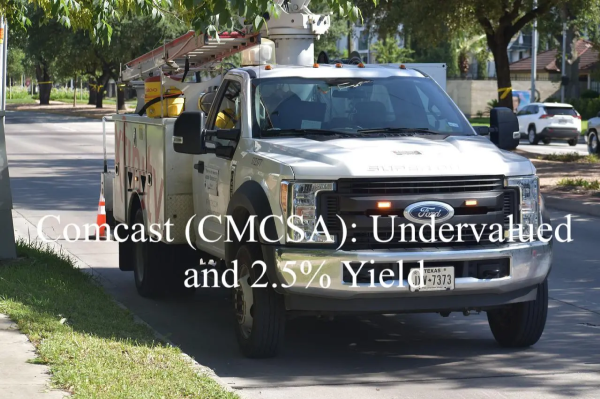

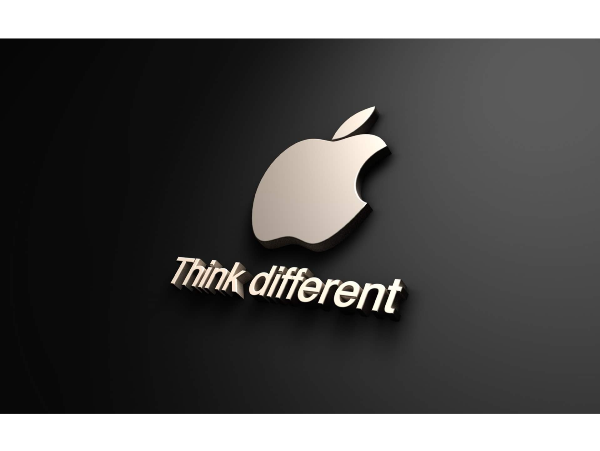
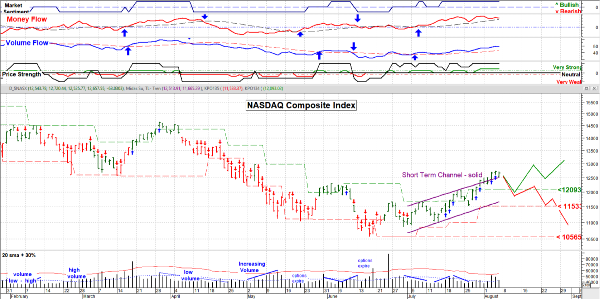
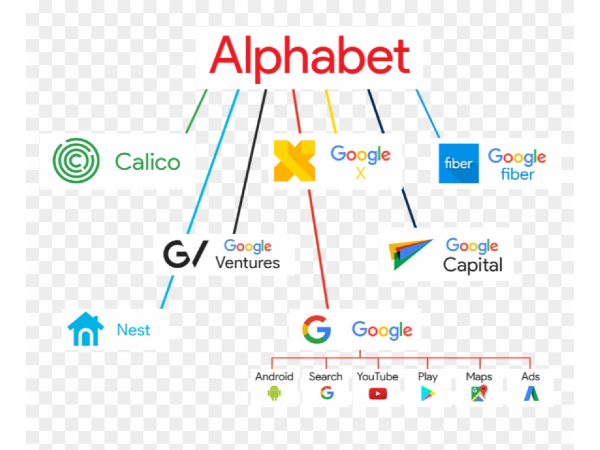

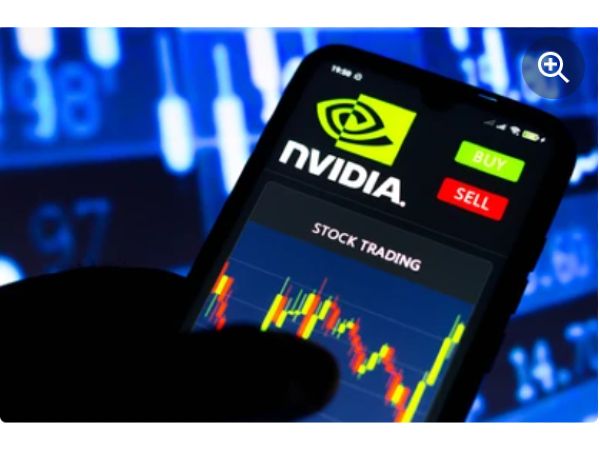

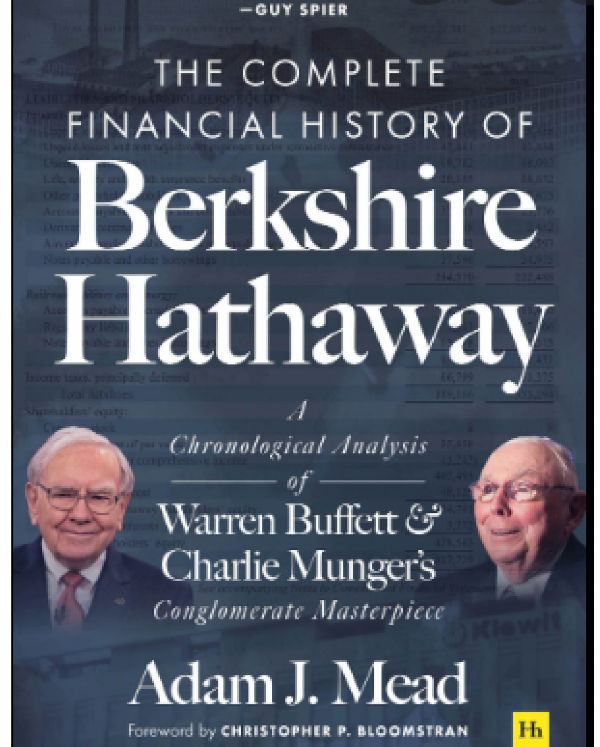
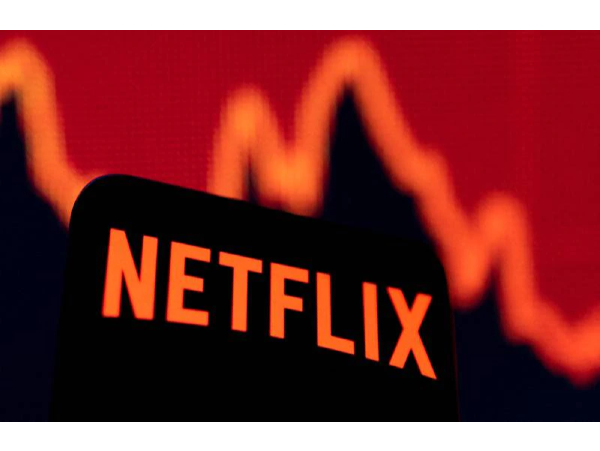

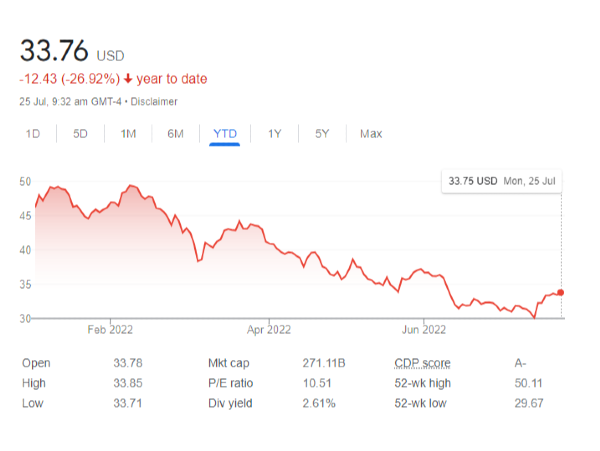

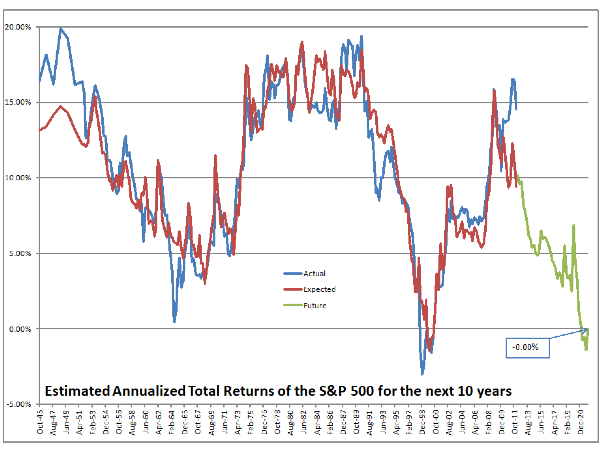
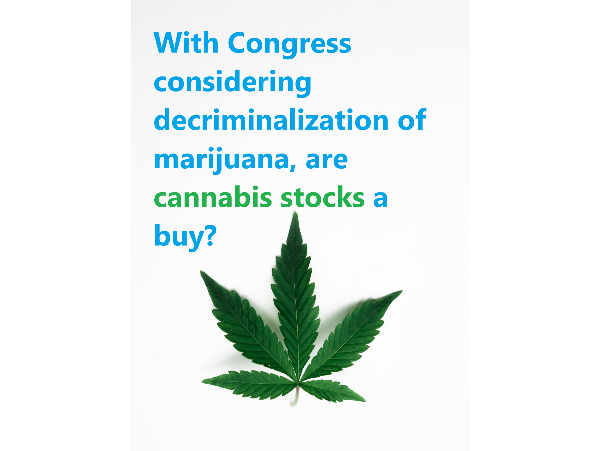
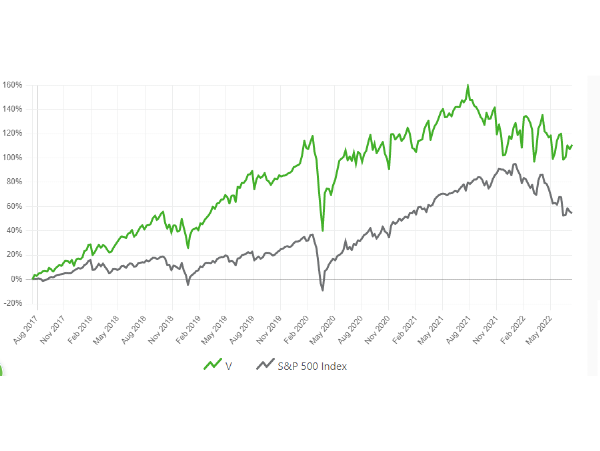


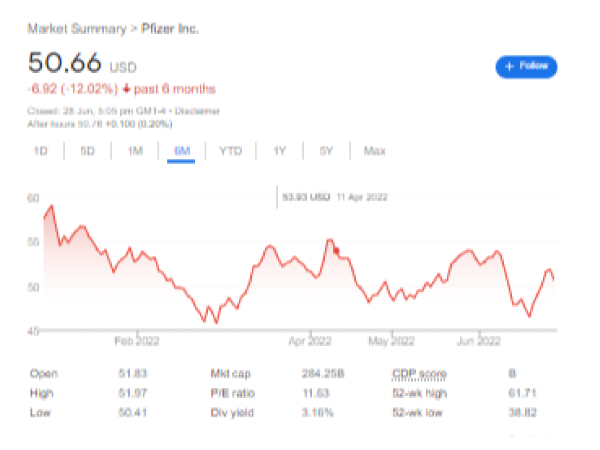








Sequence of inflation risk may be a new phrase for you, but we all know that inflation significantly affects those in retirement.
Well, we forgot about inflation over the last several decades. Now that inflation is back in the news, retirees want to know how inflation affects retirement.
I’ve got bad news for you! Just like there is a sequence of returns risk where early market returns have an oversized long-term effect on your distribution portfolio, there is also a “sequence of inflation risk” with which to contend!
That’s right; it is not just the risk of inflation you need to worry about. It is the timing of the risk!
Let’s learn what we can about sequence of inflation risk and discuss some ways to mitigate it.
Who Coined Sequence of Inflation Risk?
As sequence of inflation risk begins making the rounds, one wonders about the early uses of the phrase.
As far as I can tell, ThePrune coined the term in 2011 (from Bogleheads).
Unfortunately, ThePrune (an early retiree and engineer who teaches retirement classes) last posted about a year ago, so I wonder if he hasn’t had a recent sequence of his own with which to contend.
Another early mention of “sequence of inflation” is here from 2013.
While inflation is nothing new, adding the word “sequence” and “risk” bring out the hallmarks of the sequence of returns risk. And all subsequent debate regarding the fickle 4% Safe Withdrawal Rate.
The 4% Rule and Inflation
Let’s think about the 4% Rule (of Thumb) and inflation for a sec.
Of course, the 4% rule is inflation adjusted, so both inflation and inventment returns are baked into the 4% historical result. But, even more importantly, “failures” commonly result from sequences beginning in the late ’60s, when the inflation sequence was poor. Stated explicitly, regimens of high inflation caused the 4% rule to fail during mediocre market returns. On the other hand, mediocre seqences of market returns seem not to fail with low/expected inflation. One may easily confirm this via a Monte Carlo retirement plan analysis.
So, inflation is important to sequence risk, as are stock market returns!
And, of course, predicting when we will enter a regime of inflation is as impossible, just like predicting stock market returns. As for evidence of impossibility, well, that’s a high standard, but think back on the last 7-8 years. Pundits have been calling for increasing interest rates and low expected stock market returns for most of that time, and we have seen the opposite. Still, now, pundits are calling for increasing interest rates and low expected stock market returns. Bet they will be right eventually.
But understand this, if you retire into a mediocre stock market AND have significant inflation, you might be in for a bumpy ride financially.
Because Sequence of Inflation Risk.
What is Sequence of Inflation Risk?
Sequence of Inflation Risk is the probability that an early series of high interest rates will negatively affect your distribution portfolio. A permanent loss in purchasing power needs to be fixed by significant growth of the retirement portfolio.
And why the sequence is important, even if inflation is “historical” 3% during your entire retirement, if it is high early, then the effect compounds the entire life of your retirement withdrawals.
Like sequence of returns risk, the risk is highest right before and after “retirement” (when you actually stress your portfolio with ongoing withdrawals). If you retire but don’t pull money out of your portfolio to pay bills, then inflation is still important, but you are not yet at prime sequence risk.
The main point is that your purchasing power is affected. Even if you get positive portfolio returns, if you cannot buy the same amount of goods and services, you have lost out to real inflation on your bottom line.
So, how important is sequence of inflation risk?
How Important is Sequence of Inflation Risk?
Now that we have met our friend sequence of inflation risk and understand how it ties into the philosophy behind the 4% Safer Withdrawal Rate, how much do we need to worry about it?
Should you worry more about market returns or inflation?
Neither. Both. Which can you control?
The whole point of retirement planning (from the financial standpoint, at least) is to prevent sequence of returns risk and then address the mitigatable retirement-specific risks. Inflation is a risk factor that fits into both planning categories (essentially early vs. late eras of risks).
If you had to choose horrible returns or high inflation when you retire, don’t retire. Or at least come up with a ton of flexibility (wiggle room!) in your retirement plan.
But putting some numbers to the back of the napkin, you would rather have moderately high inflation than moderately horrific market returns over the years.
This, theoretically at least, has to do with the parts of your “retirement income” which are sensitive to inflation and which are not. Since you have non-inflation-adjusted sources that lag inflation over time, the percentage of non-inflation-adjusted income increases during retirement compared to those that are inflation-adjusted (and often don’t match actual inflation). Thus, non-inflation-adjusted sources of income do more and more of the heavy lifting over time.
Finally, the proportional effect of inflation is less important than market returns. Perhaps 1/3 of your “combined sequence risk” might be explained by the inflation sequence (37% from Kitces, 31% from Otar).
I’ll skip trying to explain that right now because I want to confuse you with something else. The idea is that inflation may not be as bad as “planners” are planning for currently.
Inflation and Retirement Projections
Ok, so a lousy sequence of inflation early in retirement bodes poorly. But is inflation as harmful to retirement folks as the assumptions we use in planning software?
If you understand the spending smile in retirement, real spending actually decreases over the decades. Said another way, thought inflation is going up (and thus purchasing power is going down), it is natural to spend less in retirement as you slow down and enjoy the easy chair lifestyle full of books and magazines rather than airplanes and islands.
Inflation in the general population may average 3% a year, but more likely than not, it is closer to 2% in retirement.
Of course, a 1% compounding difference over 30 years makes a massive difference (and is the primary reason why the AUM model poorly serves many physician investors)
So, when retired, inflation becomes less important over the decades unless there are significant long-term care expenses or another gnarly spending shock late in life.
Summary- Sequence of Inflation Risk
Most important to understand is that real returns matter. Think purchasing power and how much a candy bar cost as a kid. And how much money you had then and now.
Next, remember real returns during your first decade of retirement matter more than nominal returns and may be comparable to the importance of stock market returns (which are not independent factors—inflation affects market returns and vice versa).
The unspoken bit, and I guess it is unspoken because it is too confusing, is that sequence of returns risk actually is the inflation-adjusted returns risk.
Therefore, sequence of inflation risk is already baked into real sequence of returns risk.
I warned you not to think about it. Inflation is about 1/3rd of the risk and the market returns the other 2/3rds.
Finally, consider that inflation affects you directly (dollars don’t go as far) and indirectly (inflation, more often than not, is associated with lower stock market returns).
Inflation makes stuff more expensive, and (often) you have less “real” money.
But you substitute and buy less as you age.
You can’t predict future inflation or future stock market returns, but you don’t need to, either. If you have been “using” the 4% rule of thumb, inflation is already baked in!
Originally Posted on fiphysician.com